Spice Up Your Plate: A Flavorful Journey Through Peruvian Cuisine
Table of Contents
- Introduction to Peruvian Cuisine
- Essential Spices in Peruvian Cooking
- Practical Tips for Exploring Peruvian Flavors
- Buying Guide for Peruvian Ingredients
- Conclusion
Introduction to Peruvian Cuisine
Peru is a land of rich cultural heritage and diverse geography, which has shaped its unique and vibrant cuisine. From the Andean highlands to the coastal regions and the Amazon rainforest, each area contributes its own flavors and ingredients to Peruvian food. At the heart of this culinary tradition are spices that bring depth, complexity, and authenticity to every dish.
The food from Peru culture is not just about taste—it's about storytelling. Each recipe carries centuries of history, blending indigenous traditions with Spanish, African, Chinese, and Japanese influences. Whether you're savoring a plate of ceviche or enjoying a hearty lomo saltado, the spices used are essential to unlocking the soul of Peruvian cooking.

Essential Spices in Peruvian Cooking
Peruvian cuisine relies on a variety of spices, many of which are native to the region. These ingredients not only add flavor but also reflect the country's deep connection to nature and tradition. Here are some of the most commonly used spices:
| Spice | Description | Flavor Profile |
|---|---|---|
| Aji Amarillo | Yellow chili pepper | Smoky, citrusy, slightly sweet |
| Aji Limon | Lemon-shaped chili | Tangy, bright, acidic |
| Cumin | Used in stews and marinades | Earthiness, warmth, nuttiness |
| Oregano | Common in soups and sauces | Pungent, herbal, aromatic |
| Paprika | Used in chorizo and sausages | Smoky, sweet, mild |
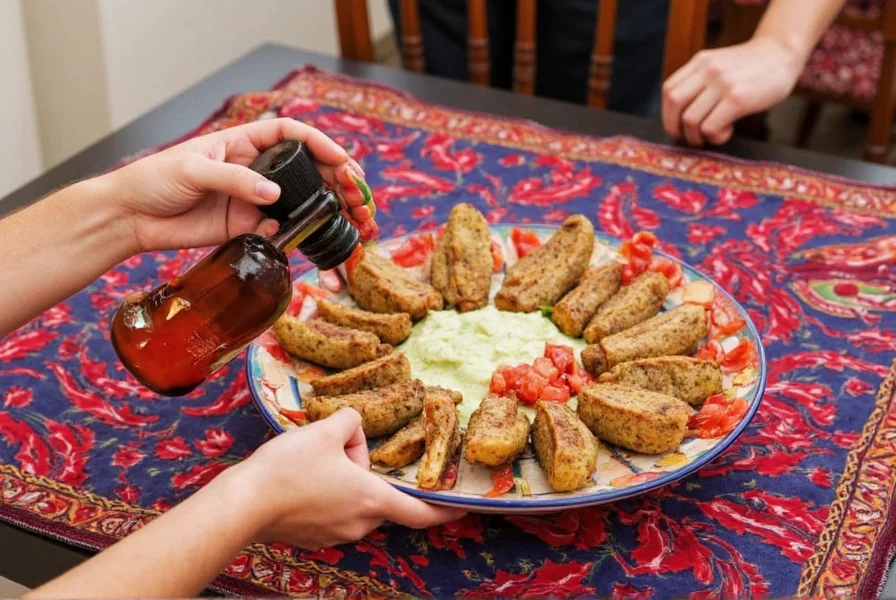
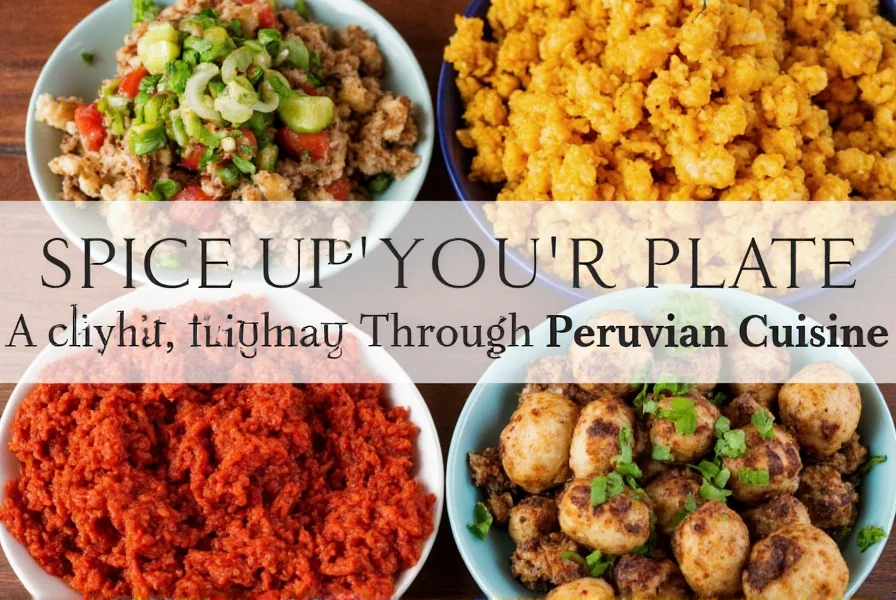
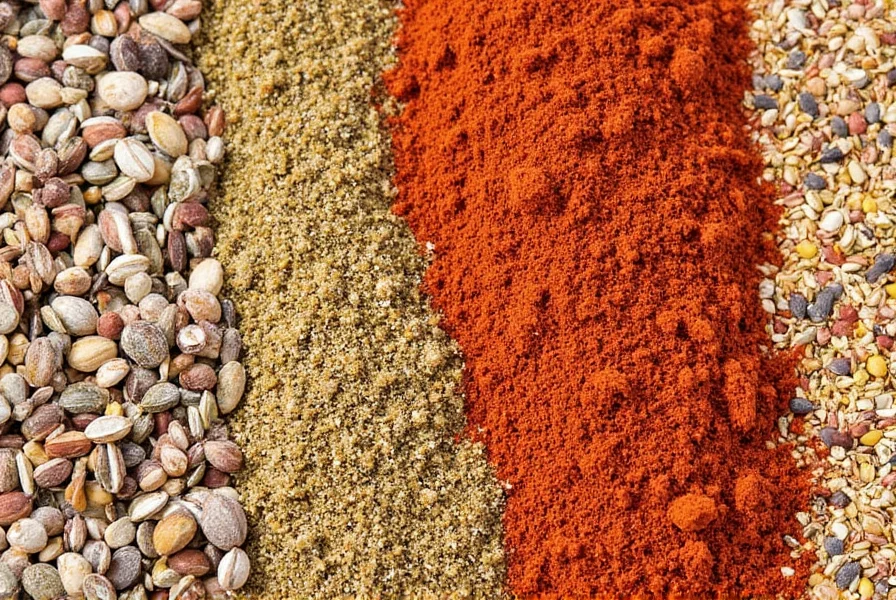
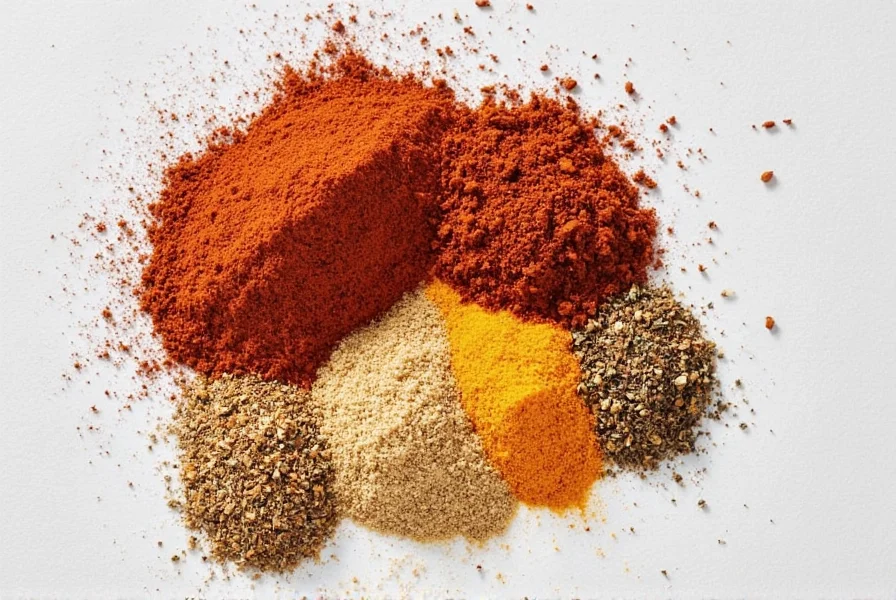
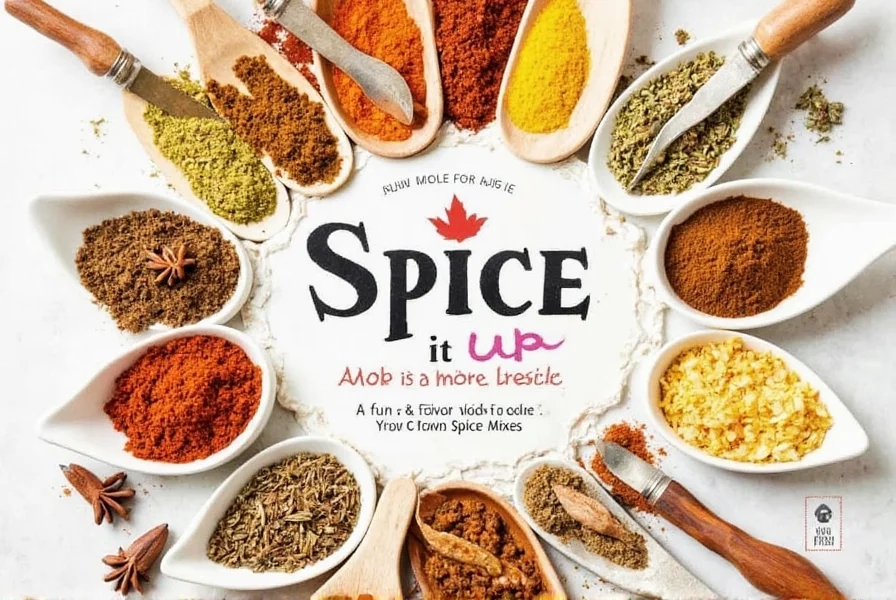
Practical Tips for Exploring Peruvian Flavors
Whether you're a seasoned cook or just starting out, here are some tips to help you dive into the world of Peruvian cuisine:
- Start with the basics: Learn how to use aji peppers, cumin, and oregano to build your own recipes.
- Experiment with combinations: Peruvian dishes often blend sweet, spicy, sour, and salty elements—try different spice pairings to find what works for you.
- Use fresh ingredients: Fresh herbs, like culantro and huacatay, can make a huge difference in the final dish.
- Try traditional recipes: Start with popular dishes like ceviche, pisco sour, or causa to get a sense of the flavors.
- Don't skip the condiments: Peruvian meals are often served with aji sauce, aji amarillo paste, or ají de gallina—these are key to enhancing the overall taste.
Remember, cooking Peruvian food isn't just about following a recipe—it's about embracing the spirit of the cuisine. The food from Peru culture is deeply rooted in community, celebration, and tradition, so don’t be afraid to get creative in the kitchen.
Buying Guide for Peruvian Ingredients
If you're looking to bring the flavors of Peru into your home kitchen, it's important to know where to find authentic ingredients. Here’s a guide to help you choose the right products:
1. Aji Amarillo Paste
Features: Made from yellow chili peppers, this paste adds a smoky, tangy heat to dishes.
Advantages: It's versatile and can be used in sauces, marinades, and stews.
Use Cases: Ideal for making ají de gallina, a classic Peruvian chicken dish.
Target Audience: Home cooks who want to recreate traditional Peruvian recipes.
Suitable Occasions: Weeknight dinners, family gatherings, or special occasions.
2. Cumin Seeds
Features: Whole cumin seeds have a warm, earthy flavor that becomes more intense when toasted.
Advantages: Adds depth to stews, soups, and grilled meats.
Use Cases: Perfect for seasoning beef or lamb in dishes like lomo saltado.
Target Audience: Culinary enthusiasts looking for authentic spice blends.
Suitable Occasions: Holiday feasts, backyard barbecues, or everyday meals.
3. Oregano (Mexican)
Features: This variety has a stronger, more pungent aroma than Italian oregano.
Advantages: Enhances the flavor of soups, stews, and sauces.
Use Cases: Great for making achiote paste or adding depth to seafood dishes.
Target Audience: Chefs and home cooks interested in Latin American cuisine.
Suitable Occasions: Casual dinners, festive meals, or as a garnish.
4. Paprika (Sweet/Smoked)
Features: Available in sweet, smoked, and hot varieties, paprika is a staple in many Peruvian dishes.
Advantages: Adds color and a mild, smoky flavor to dishes like chorizo and roasted vegetables.
Use Cases: Useful in marinating meats or sprinkling over soups and stews.
Target Audience: Those who enjoy bold, smoky flavors in their cooking.
Suitable Occasions: Grilling events, holiday meals, or as a finishing spice.
5. Aji Limon Powder
Features: Made from lemon-shaped chilies, this powder has a bright, tangy flavor.
Advantages: Adds a refreshing kick to dishes without overwhelming the palate.
Use Cases: Excellent for seasoning fish, salads, or even cocktails like pisco sours.
Target Audience: Adventurous cooks who love bold, zesty flavors.
Suitable Occasions: Summer grills, casual lunches, or as a flavor enhancer.
Conclusion
Exploring the food from Peru culture is a journey that goes beyond the plate—it’s an experience that connects you with the people, history, and traditions of a beautiful country. By understanding the role of spices in Peruvian cuisine, you can unlock a whole new world of flavors and cooking techniques.
Whether you're trying out a new recipe at home or visiting Peru to taste the real thing, remember that the essence of Peruvian cooking lies in its diversity, creativity, and passion. So grab your spices, roll up your sleeves, and let the flavors of Peru take you on a delicious adventure.

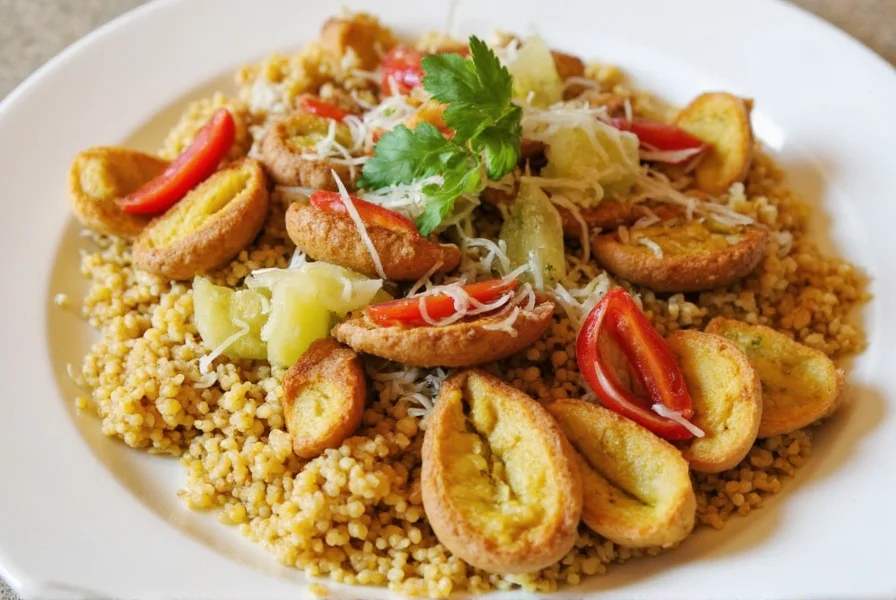









 浙公网安备
33010002000092号
浙公网安备
33010002000092号 浙B2-20120091-4
浙B2-20120091-4